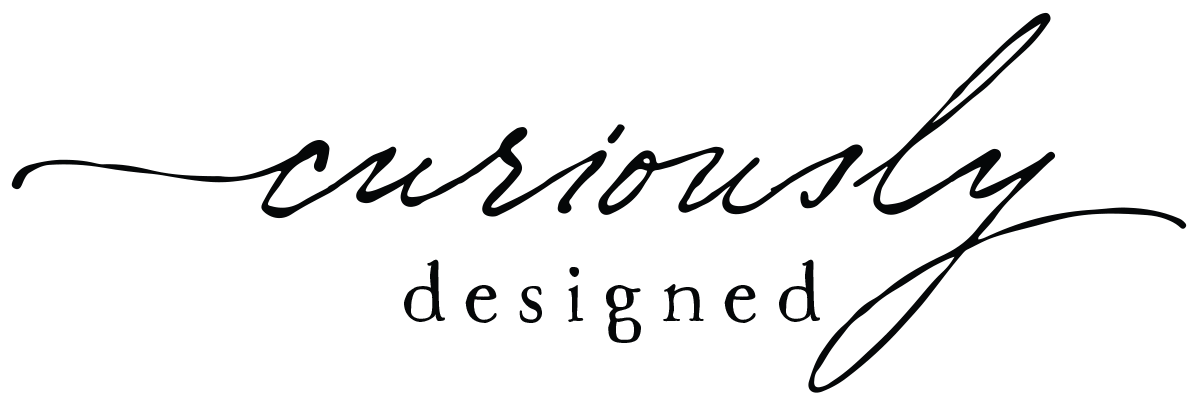In a previous post I said I would provide a bit of help in generating ideas for your goals, project, tasks, etc. It’s not new but it may be something you hadn’t thought of. It is using Chat.GPT to help you brainstorm. I use the free version available.
Now, having just typed that the next thing I need to type is that if you want to use this resource, proceed with extreme caution. You can get some pretty hinky answers with Chat.GPT. I have asked questions that had specific and straight-forward right or wrong answers, only to get the wrong answer. Trying to use it with something subjective and personal like your goals and the projects and tasks that help achieve that goal can be complete folly unless you use it in the spirit intended: as a jumping off point.
ADHD brains sometimes have a hard time getting started. Brainstorming lists feel like torture. But if you have something to start with – a jumping off point – it can be much easier. But you have to understand enough about the subject to know how much of the answer is on point and how much is gobbledygook.
I’ve already talked about some fun I had with Chat.GPT on this blog. You can read those articles at the links below.
- ChatGPT is a little freaky
- Ask Chat GPT
- Chat GPT: Creative Question
- Insightful question: Chat GPT
- ChatGPT: Help with Creating a Pattern Collection
First things first: if you don’t get the responses you’re expecting, try again. Change your wording. Ask it a different way and even tell it to try again, then provide more or different details for clarity.
For example asking Chat.GPT to provide a list a milestones or projects or tasks or steps could result in completely different answers with each wording of a question.
Also, the goal isn’t to get a copy and paste answer. This is your life and your future we’re talking about. But to use it as inspiration to ask another question or like I said before, as a jumping off point or a way to fill in some holes of your own brainstorming you hadn’t thought of. And yes, sometimes I get results that are spot on. But frankly that’s rare.
So I’ll give you an example. I asked this question in four similar but different ways and never got a good response until I asked it THIS way:
In surface pattern design what are the steps to completing a collection of 8 different repeat patterns.
And the “steps” it provided could easily be turned into tasks of a project for creating a pattern collection. The results of my query are below. I had to rephrase the question several times. The first few were awful. But I finally got something I could use to help me create the task list for a project.
The best response out of five by Chat.GPT
Creating a collection of 8 different repeat patterns in surface pattern design involves a series of steps to ensure cohesion, diversity, and technical accuracy. Here’s a step-by-step guide:
Define the Collection Theme:
- Decide on a theme or concept that ties the patterns together. This could be inspired by a specific idea, season, or trend.
Research and Mood Board:
- Conduct research related to your chosen theme.
- Create a mood board with images, colors, and textures that inspire the collection.
Sketch Initial Ideas:
- Begin sketching rough ideas for each pattern. Focus on capturing the essence of your theme.
Digital Rendering:
- Transfer your hand-drawn sketches into digital format using design software (e.g., Adobe Illustrator).
- Experiment with colors, scale, and layout digitally.
Create a Base Pattern:
- Develop a foundational pattern that represents the core of your collection. This could be a simpler, more versatile pattern.
Variation and Iteration:
- Create variations of the base pattern to add diversity to your collection.
- Experiment with different color schemes, scales, and elements.
Ensure Technical Accuracy:
- Verify that each pattern is technically accurate for repetition.
- Ensure seamless tileability for each pattern to create a smooth repeat.
Consistency Across Patterns:
- Maintain a consistent aesthetic across all patterns. Elements like color palette and style should complement each other.
Pattern Scale and Density:
- Consider the intended use of each pattern (e.g., fabric, wallpaper) and adjust scale and density accordingly.
Test on Different Surfaces:
- Print or digitally simulate your patterns on various surfaces to see how they appear in different applications.
Refinement and Feedback:
- Seek feedback from peers, mentors, or potential users.
- Make necessary refinements based on the feedback received.
Create Additional Patterns:
- Develop additional unique patterns to complete the collection. Ensure they contribute to the overall theme.
Create a Presentation:
- Compile all patterns into a cohesive presentation.
- Include descriptions, color palettes, and any relevant information about the inspiration behind each pattern.
Prepare Technical Files:
- Export each pattern as high-resolution, seamless files suitable for production.
- Consider providing different file formats depending on potential use (e.g., JPEG, PNG, AI).
Build a Portfolio:
- Add the completed collection to your professional portfolio.
- Create a visually appealing presentation on your website or portfolio platform.
Promote Your Collection:
- Develop a marketing strategy to promote your pattern collection.
- Share it on social media, design communities, and relevant platforms.
Seek Licensing or Collaboration Opportunities:
- Explore opportunities to license your patterns or collaborate with manufacturers, brands, or retailers.
Collect Data and Evaluate:
- Track the performance of your patterns in the market.
- Collect data on sales, user engagement, and feedback.
Iterate for Future Collections:
- Use insights from the collection’s performance to inform and improve future pattern designs.
By following these steps, you’ll be able to create a cohesive and diverse collection of 8 different repeat patterns for the surface pattern design market.







